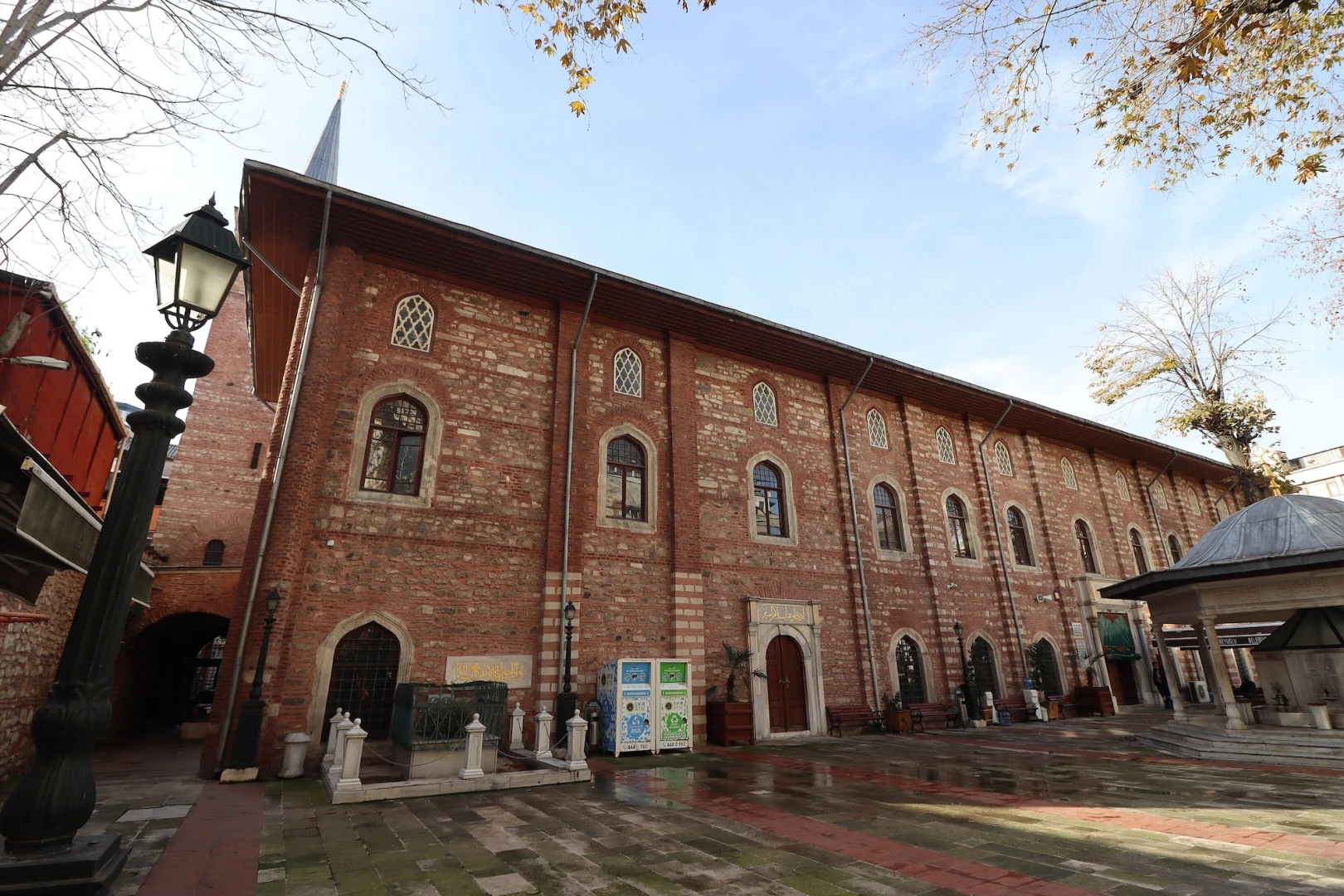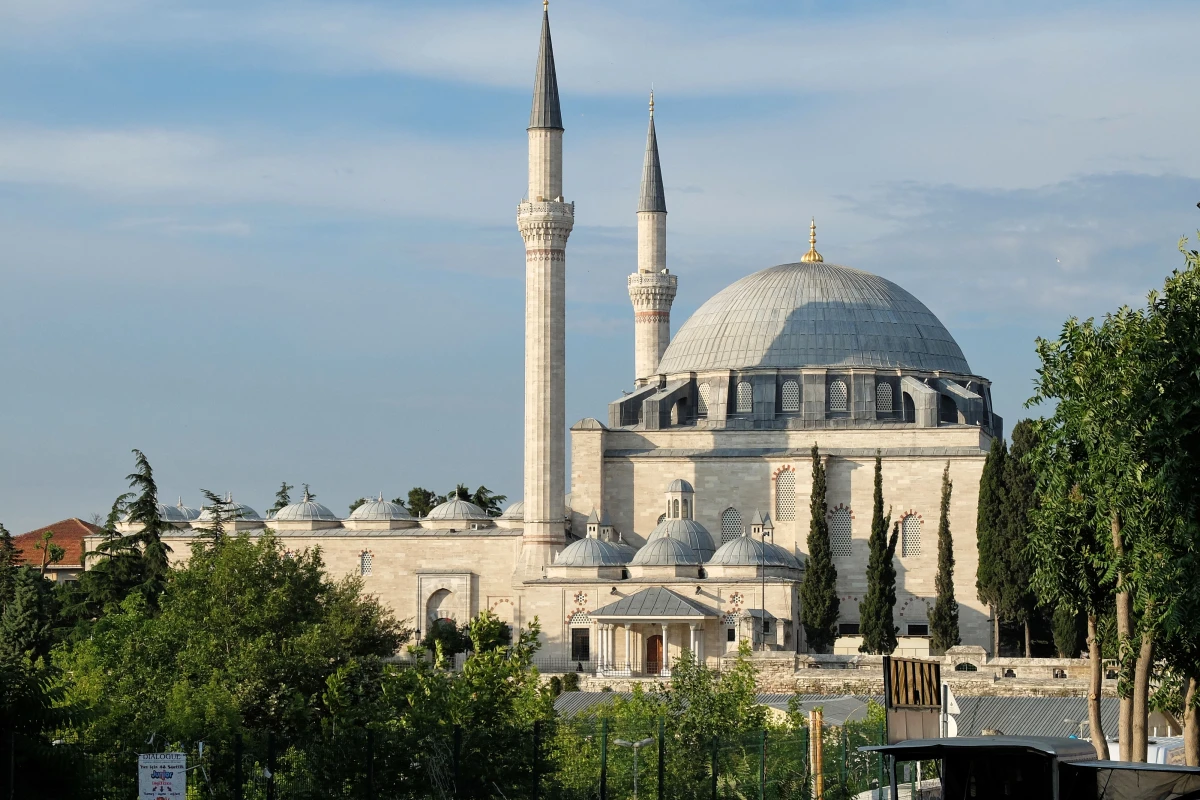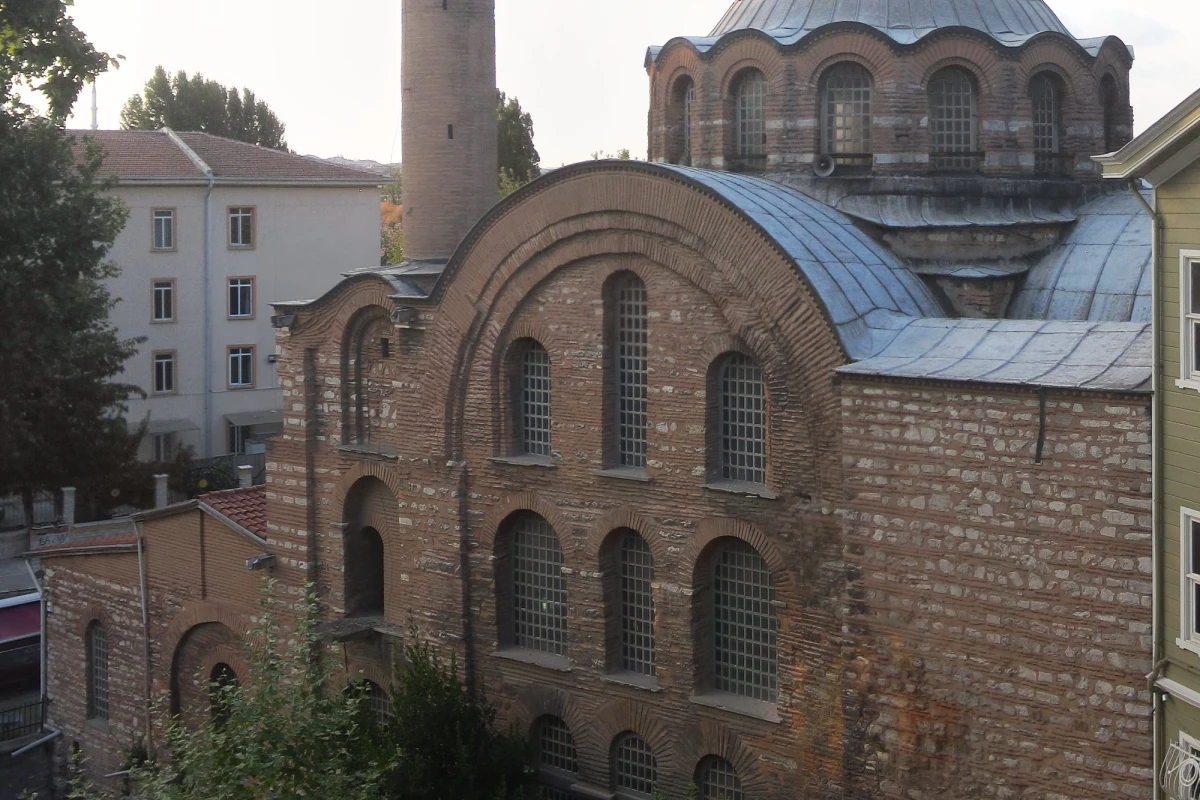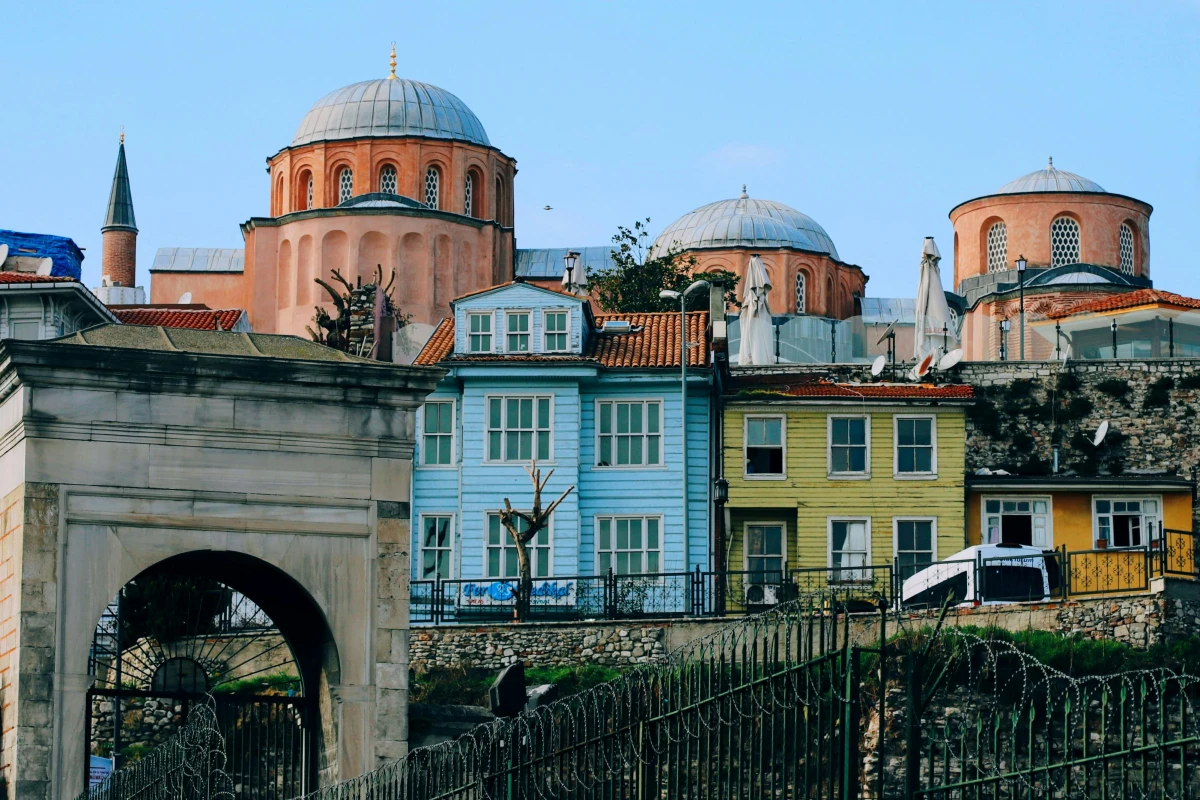Arap Mosque: Istanbul's Hidden Historical Gem
Tucked away amid the vibrant streets of Istanbul’s Karaköy district, the Arap Mosque stands as a fascinating testament to the city's complex, multicultural history. Despite its significance, it remains relatively unknown to many visitors, making it a hidden gem waiting to be explored. This blog post will guide you through the captivating story, unique architecture, and cultural significance of the Arap Mosque, inviting you to discover an extraordinary piece of Istanbul’s heritage.
The Intriguing History of Arap Mosque
Originally built in the 14th century by the Dominican friars, the structure was known as the Church of Saint Paul and served the Genoese colony of Galata. Istanbul’s strategic position on the Bosporus strait meant it was always a hub for trade and cultural exchange, and Galata was no exception. The Dominican friars, part of a religious order dedicated to preaching and education, played a significant role in establishing this church as a central place of worship within the prosperous Genoese community, contributing to Galata’s cosmopolitan atmosphere.
However, the church's history took a significant turn in 1475 when Ottoman Sultan Mehmed II transformed it into a mosque following the conquest of Constantinople in 1453. The mosque's name, Arap Mosque, reflects a later association with Arab traders and immigrants who frequented this area, embedding their identity into the fabric of the neighborhood.
Architectural Wonders of Arap Mosque
One of the most compelling reasons to visit the Arap Mosque is its distinctive architectural blend, combining both Byzantine and Ottoman elements. Its most striking feature is the bell tower, converted into a minaret, which visually narrates the building’s layered history. This unique structure rises gracefully above the skyline, offering a glimpse into the area's past.
The mosque’s interior is equally fascinating, preserving its original Gothic architectural features rarely seen in other mosques across Istanbul. As you enter, you’ll notice tall, slender columns supporting a wooden ceiling—an architectural choice that diverges notably from the domed mosques prevalent in Ottoman Istanbul.
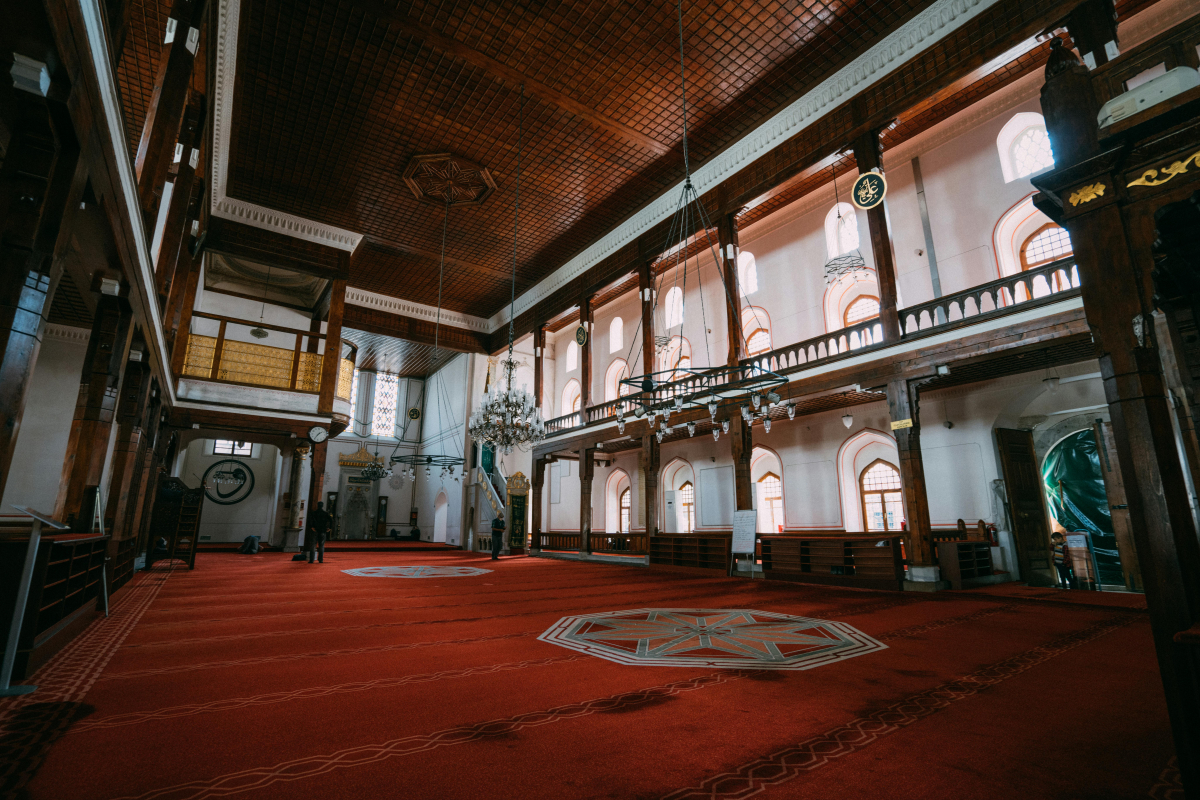
Interior of Arap Mosque
Perhaps the most intriguing detail within Arap Mosque is the presence of frescoes and wall decorations reminiscent of its former identity as the Church of Saint Paul. These artistic relics provide a fascinating visual narrative, subtly reminding visitors of the building’s Christian past even as it serves as an active Islamic place of worship.
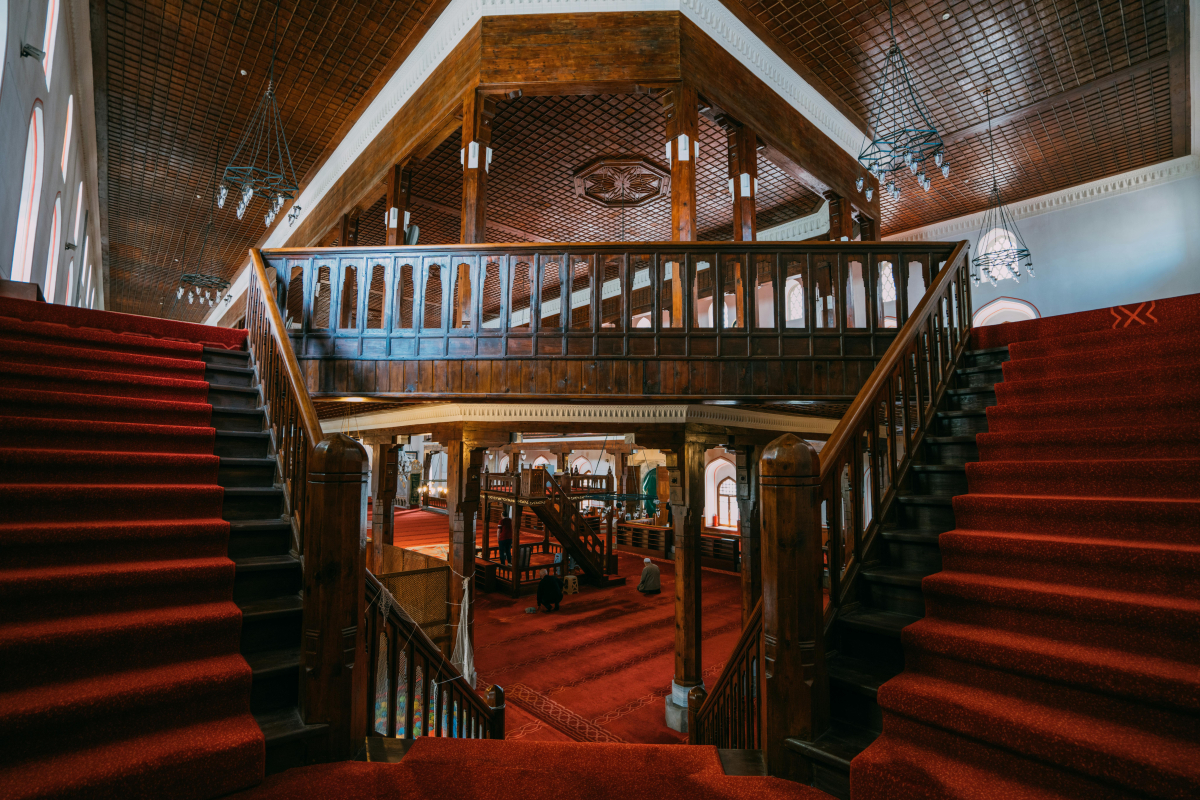
Wooden Stairways of Arap Mosque
Cultural Significance and Community Role
Beyond architecture, Arap Mosque is deeply woven into the cultural tapestry of Istanbul. Located in the heart of Karaköy, one of Istanbul’s most dynamic and diverse districts, the mosque symbolizes the city's long-standing tradition of coexistence and cultural fusion. Its continuous operation since Ottoman times underscores the local community's respect for its historical and spiritual significance.
Today, the mosque continues to serve as a communal space where locals gather for prayers, community events, and spiritual reflection, making it not just a historical monument but an active part of daily life in Karaköy.
📍 Practical Information for Visiting Arap Mosque
- 📌 Location: Karaköy, Istanbul (near Galata Tower and Galata Bridge)
- 🚇 How to Get There: Accessible via public transportation (tram and metro stations nearby)
- 👗 Dress Code: Modest attire required; cover shoulders and knees, women advised to bring a scarf
- 📸 Photography: Allowed outside; respect worshippers when photographing inside
- 🕒 Visiting Hours: Open daily, typically from sunrise to late evening (check locally for exact prayer times)
Why Arap Mosque is a Must-Visit
What sets Arap Mosque apart from Istanbul's numerous historical sites is its remarkable blend of cultural narratives, seamlessly integrated into a single building. It offers visitors not just an insight into Istanbul’s rich history but also a deeper understanding of the city’s multicultural essence.
Exploring Arap Mosque means engaging with stories spanning centuries, discovering the legacy of Dominican friars, Genoese merchants, Ottoman rulers, and Arab communities all harmoniously intertwined. Whether you're a history buff, architecture enthusiast, or cultural traveler, this mosque provides a unique window into the layers of Istanbul's past.
In conclusion, the Arap Mosque stands proudly as a symbol of Istanbul's historic complexity and cultural diversity. By stepping inside, you're not only witnessing the physical transformation of a sacred space but also embracing the timeless spirit of Istanbul—a city where diverse cultures have always intersected, coexisted, and flourished together.
Don’t miss your chance to experience this hidden gem in the heart of Karaköy—an unforgettable piece of Istanbul’s rich, multicultural mosaic.


